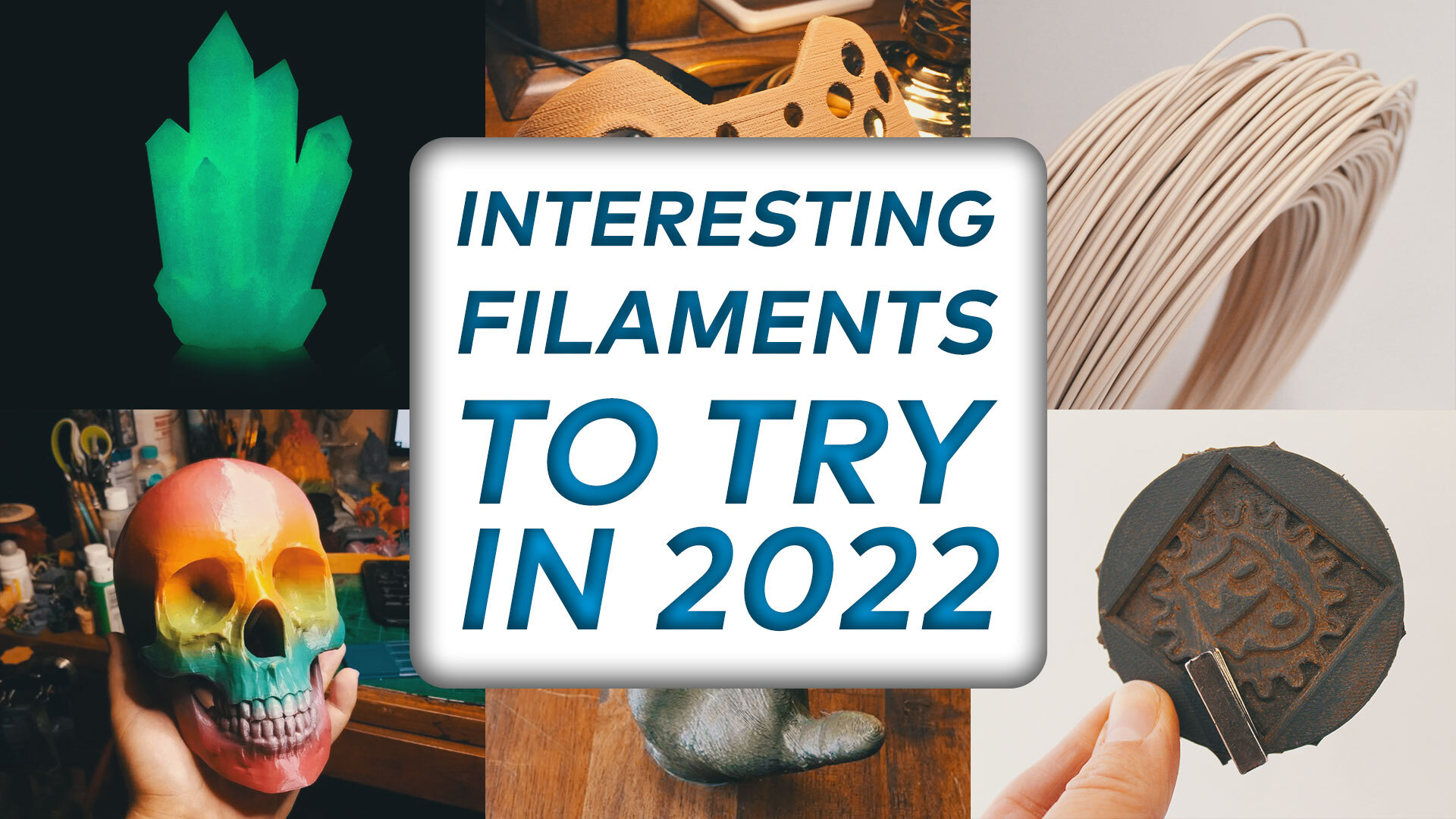
Interesting Filaments That You Should Experiment With
If you use your 3D printer often, there is a chance you only print with a handful of filament types. We as people tend to find our favorite thing and stick to it. But to keep things interesting, it is important to experiment.
Even a standard FDM printer can print with a wide variety of materials. The number of filaments you can use is even higher with more industrial models like our Zaxe Z3 and X3. So, break the monotony of using ABS and PLA for everything and give some of these filaments a try.
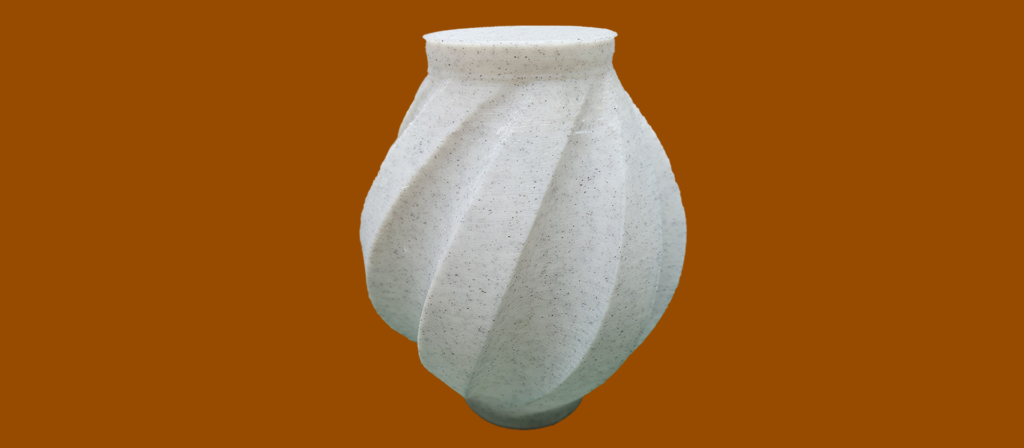
Sandstone
Made by grinding chalk into fine dust and mixing it into PLA, sandstone is one of those filaments that captures the eye at the first glance. It’s quite a niche product. Sandstone is amazing at capturing the stone surfaces of statues and the weathered look of an old marble bust. If you are going to make models of ancient historical figures or historical buildings, it will capture the aesthetic perfectly.
Because it’s a low-warp material, printing big objects with sandstone is not risky. Architects should definitely experiment with this one. Sandstone can be used to print stone block roads and small replicas of real-life statues in architectural projects that are aiming to create a realistic city block for a representation.
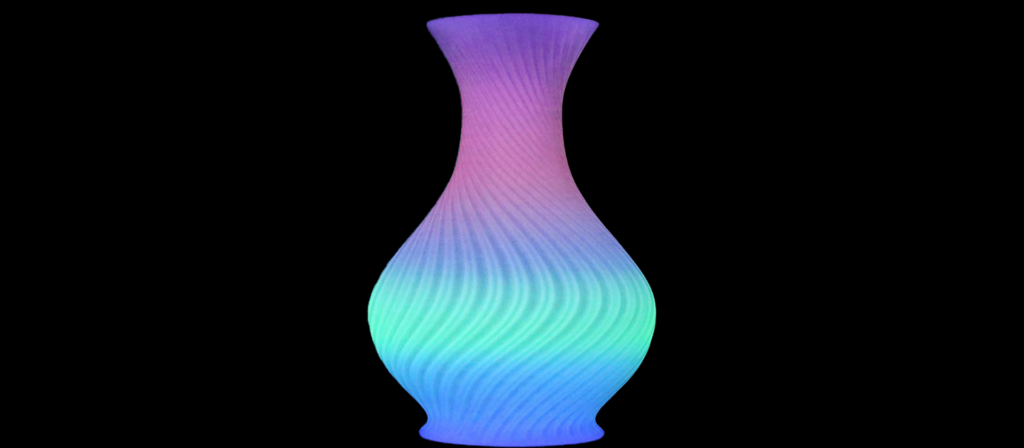
Glow in the Dark
Glow in the dark filaments are usually made by adding phosphorescent materials into standard filaments like ABS and PLA. The result is a fun alternative to the classic filaments you already use regularly. It can be great for toys, models, or decoration of dark rooms and can lighten up boring corners of your house.
Keep in mind that glow in the dark filament reflects like, it doesn’t create its own. So, don’t expect it to be a source of light in the dark. It is a novelty filament that you can experiment with and have a little fun with. One thing to take into consideration, these filaments are usually very abrasive. So, make sure to use a hardened nozzle to prevent any abrasion.
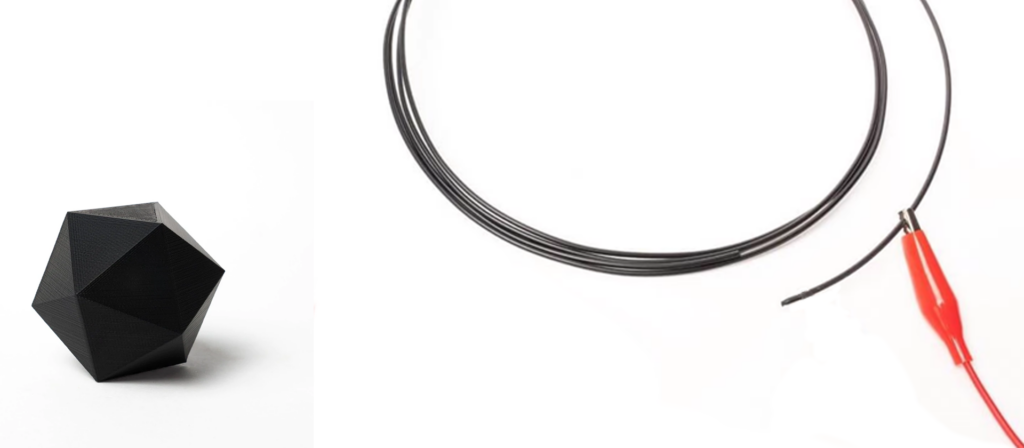
Conductive PLA
If you are into little DIY electrical projects, this one can be extremely useful for you. It is usually graphitized carbon material or graphene that gives conductive PLA its conductive properties and there is no limit to how you can use this filament in your projects. Key fobs and LED gloves are only some of the things you can print.
While it is able to conduct electricity and you can use it in your projects, it is still best to not test the limits of this filament as the plastic can burn and release chemicals into the air that is not healthy to breathe in.
For more on filaments, read: A Guide to Industrial Filaments
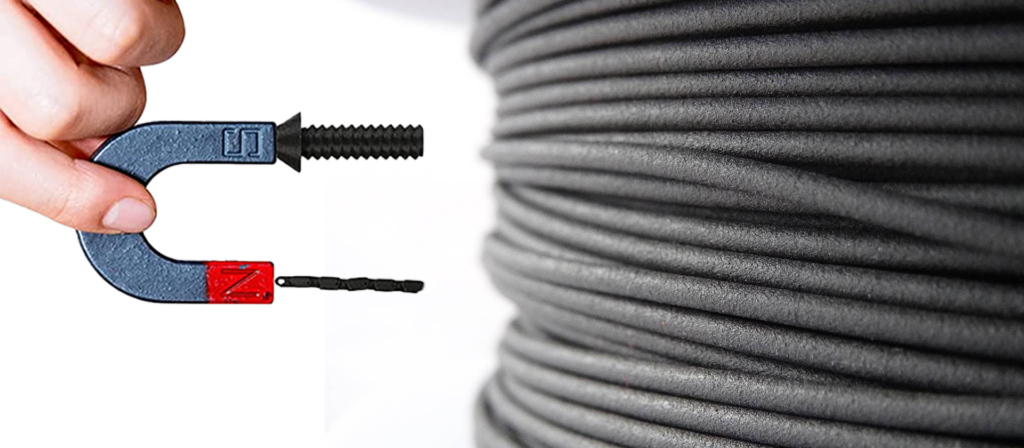
Magnetic Iron
Magnetic iron is known for the gorgeous surfaces you can create with it. If you want your print to have a very unique rustic feel to it, like the surface of an old coin, magnetic iron can give you that look. It is basically iron encapsulated in plastic, but the print will still look and function as pure iron would.
When we say magnetic, we don’t mean the end product will actually be a magnet. We mean the models you print with will be ferromagnetic and react to magnets. So, beyond its aesthetic properties, it can also function as a ferromagnetic part.
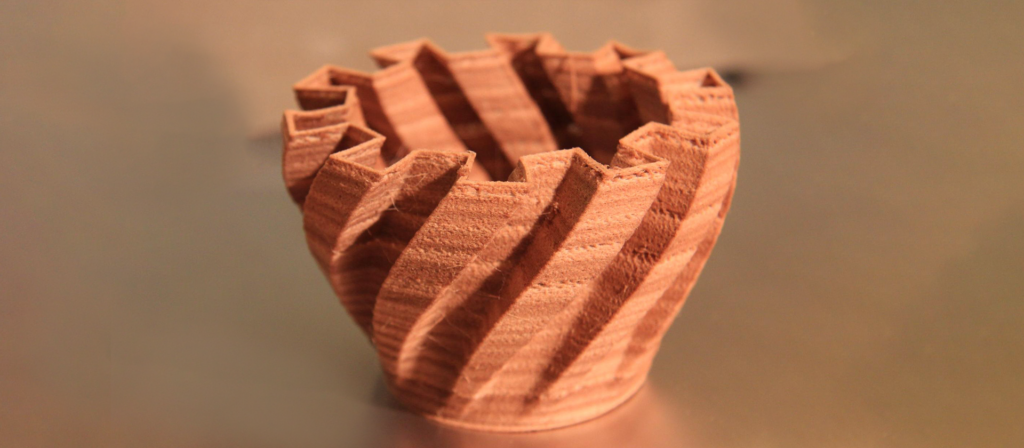
Wood Filled
With wood-filled filaments, you can achieve a wood-like texture to your prints. It will have the same oaky surface as something made out of wood would. The filament itself is made by mixing %30 wood dust into PLA and it has an aromatic pleasant smell that resembles wood.
The only downside is that wood-filled filaments are not the easiest material to print with. They are very prone to stringing and the nozzle size must be correct if you want to prevent clogging. But other than that, wood-filled filaments are great to print models with. Don’t forget the color of the print changes according to the temperatures you are printing with, so adjust it according to your needs.
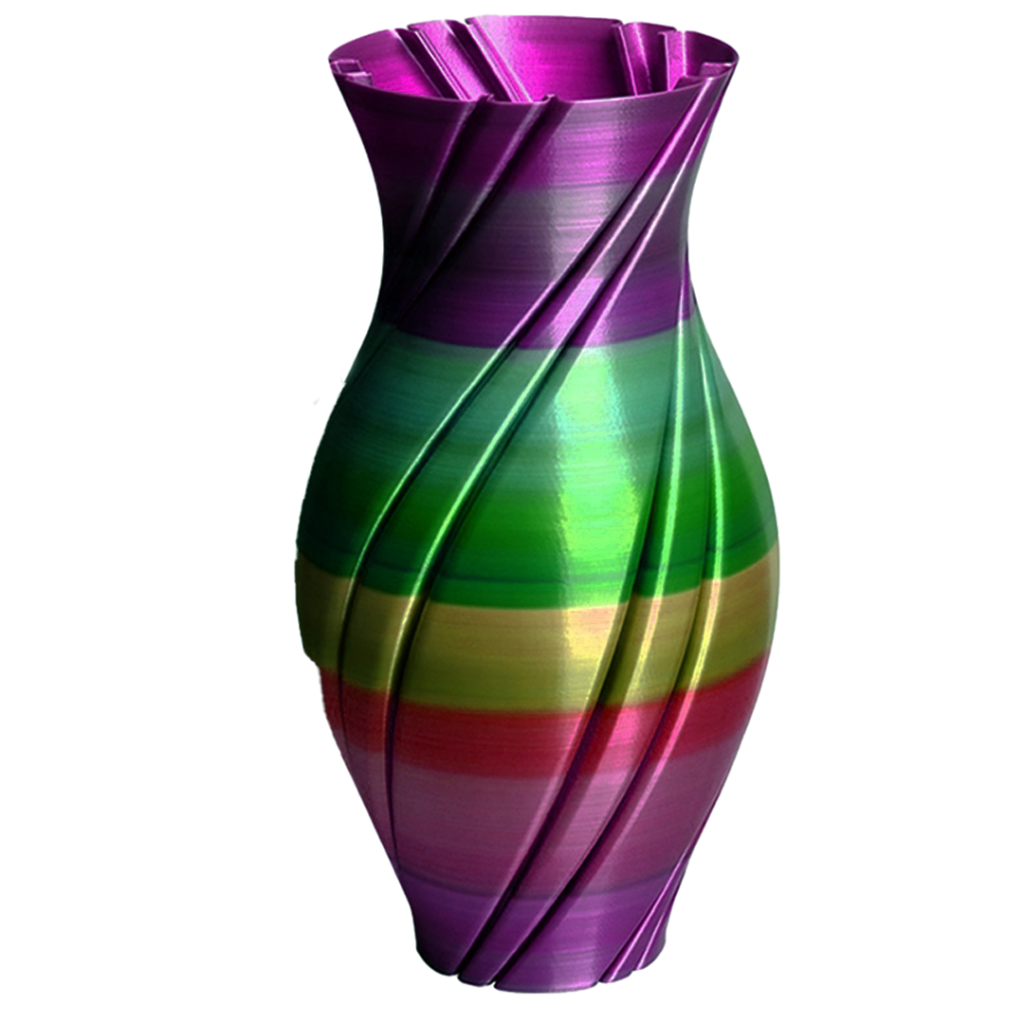
Rainbow Filaments
Setting up a multicolor print can be a complex process. You will either have to change the filament of your 3D printer constantly or will have to have a 3D printer with several extruders. That’s why the 3D prints you see are usually in only one color.
Thanks to rainbow filaments, getting colorful prints is actually pretty easy nowadays. These filaments come with a wide array of colors that you can choose from. Once the filament is loaded all you have to do is pick a model and print away. You can’t actually choose which part will be printed in which color but the end product will have all the colors in the filament.
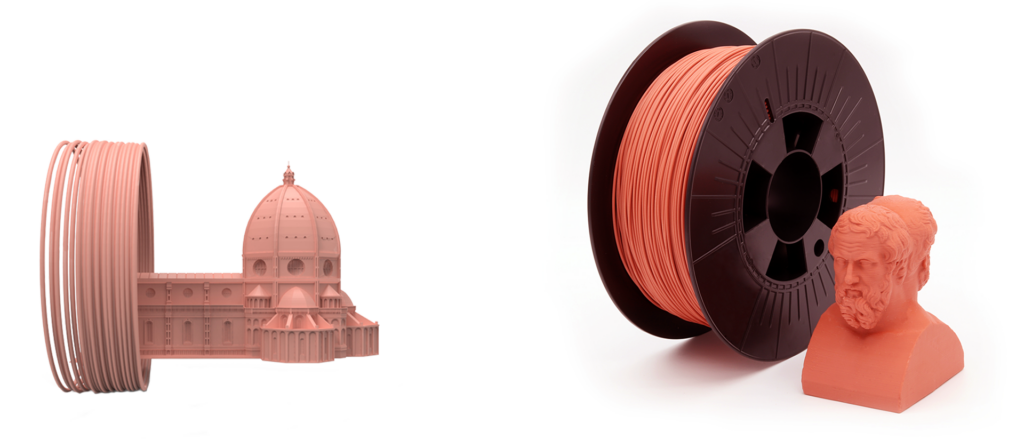
Clay
Clay is another interesting filament you should experiment with if you haven’t already. Your prints that are made with a clay filament will have a very earthy look that works great with pot and statue models. The filament is made by mixing powdered stone with PLA, which creates a very brittle material.
There are a couple of things you should watch out for. Firstly, you should use a harder nozzle like steel instead of a standard brass one. Clay is highly abrasive and can easily damage your nozzle if you are not careful. Secondly, you should clean the nozzle immediately after printing. The leftover filament that gets stuck on your nozzle will harden even more after it gets burned and be a hassle to clean.
If you are interested in different filaments and want to read more, make sure to check out: FILAMENTS 101
